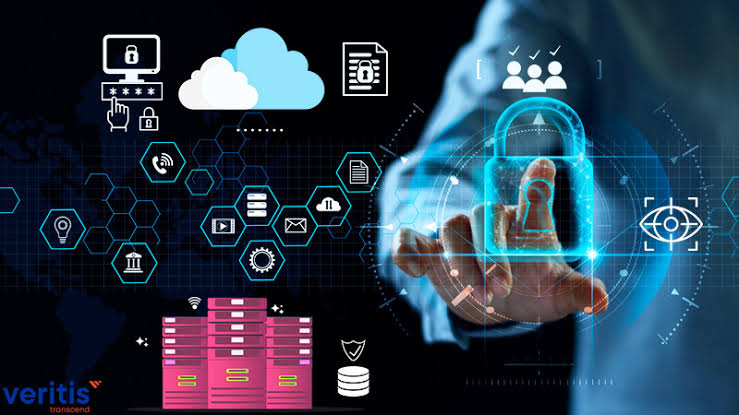The digital frontiers are advancing, and with it, the idea of identity goes beyond the physical world into automated personas. Therefore, the core of present interactions, transactions, or access control is through these personas or digital identities. Identity and Access Management (IAM) systems are a core part of Digital Identity Management. IAM controls the identities massively and has a role in ensuring that the right individual gains access to the right resource at the right time and for the right reason. This paper will highlight the trends from the development of virtual identities, the role of IAM, and the trajectory toward a future where network-based identities are seamlessly integrated into daily life.
The Evolution of Digital Identity
Online identities have evolved in the face of technological progress and the changing behavior of citizens online. Simple usernames and passwords are now advanced to very strong biometric checks for authenticating the same online identity in more secure, convenient, and personalized methods. This evolution has come to denote the increasing complexity and diversity of the various automated identity forms and calls for strong frameworks that will ensure proper governance and protection of these identities against compromise and fraud.
IAM at the Heart of Digital Experiences
The heart of digital identity management is IAM; it represents a collection of policies and technologies guaranteeing the adequacy of security measures for access to information and resources. This structured approach helps in managing user identities, his authentication and authorization, including roles or privileges within or across system and enterprise boundaries. This helps organizations enhance operational efficiencies, improve regulatory compliance, and fortify their cybersecurity defense.
Navigating the Challenges of Digital Identity Management
However, the social issues posed include issues related to ensuring privacy and protection of data, reducing fraudulent identity, and regulatory-based compliance. To continue with the development, management systems do so at the same fast pace as the new development of technologies and automated interactions, which continue to refine in the hands of cybercriminals. All these challenges are being met by means of technological innovation that respects ethical practices and complies with the observation of global standards of data protection.
The Role of Emerging Technologies
Emerging technologies of blockchain, artificial intelligence (AI), and machine learning are set to change IAM. For example, blockchain technology provides a decentralized approach to identity management, which raises the security bar and enables control of information to be resident with the user. AI and machine learning tools may be used to automate the enhanced identity verification process, which guarantees efficiency and minimizes human error. These, therefore, bring about the picture of technologies, making promises for them to be more user-friendly and, at the same time, making computerized identities more secure and versatile for wider application in different sectors.
Towards a Unified Identity Solutions
These future automated frameworks will have a common interoperable framework that allows the portability of identity across platforms and services. Indeed, it envisages a world in which it would be possible for a person to easily assert their identity online without exposing his or her privacy or security to any possible danger. This includes partnering with stakeholder entities, such as the government, technology suppliers, and users, to develop global standards and protocols for the management of digital identities.
Shaping the Future of Automated Interactions
The road to the future in which online identities are fully woven into the fabric of every aspect has taken off. This is a future that has more security, better user experiences, and better efficiency in how the procurement, use, and delivery of online services are carried out. The power capabilities of the IAM systems will have to advance with technology to ensure they meet the ever-changing needs arising in the virtual world.
The journey toward a cohesive electronic identity ecosystem is filled with challenges. However, the safe, efficient, and user-centric identification framework, dug in with Digital Identity Management, would not go far through persistent innovation, collaboration, and other achievements. This transition is promised to change the way in which online identity management works altogether, paving the way for possible new levels of online interaction and service provision.

